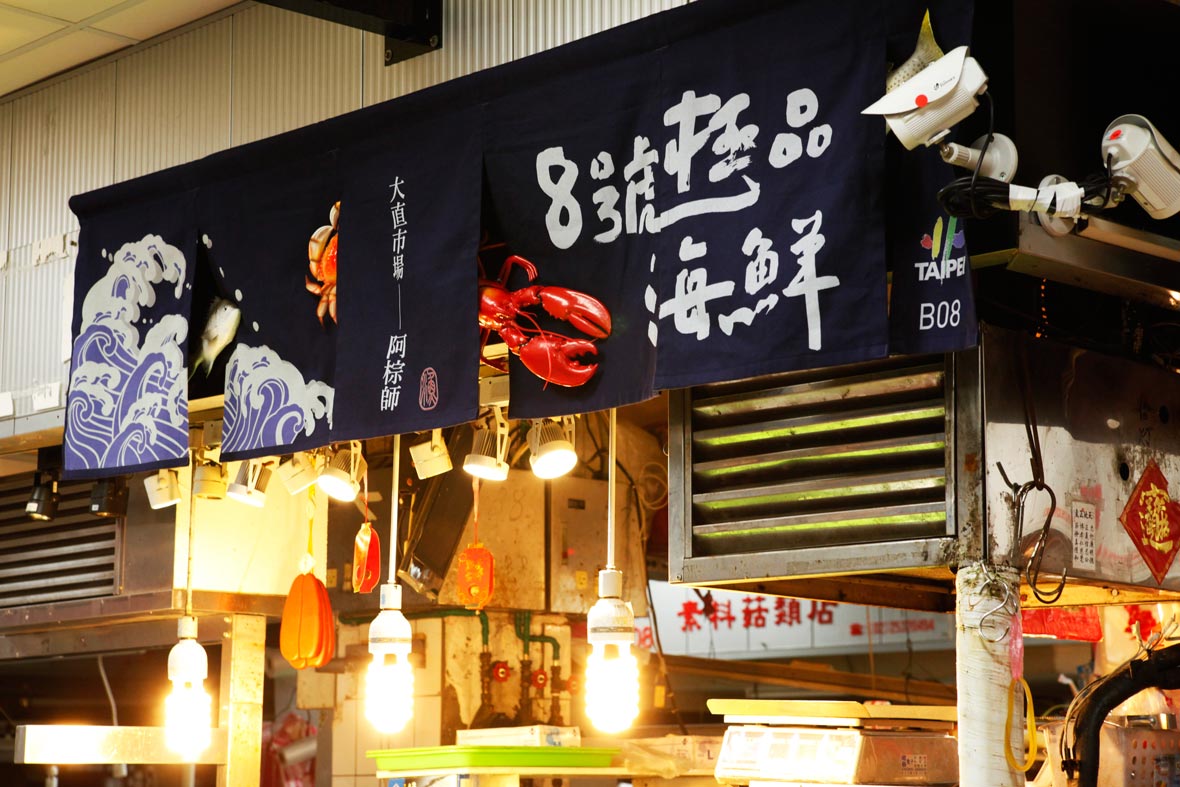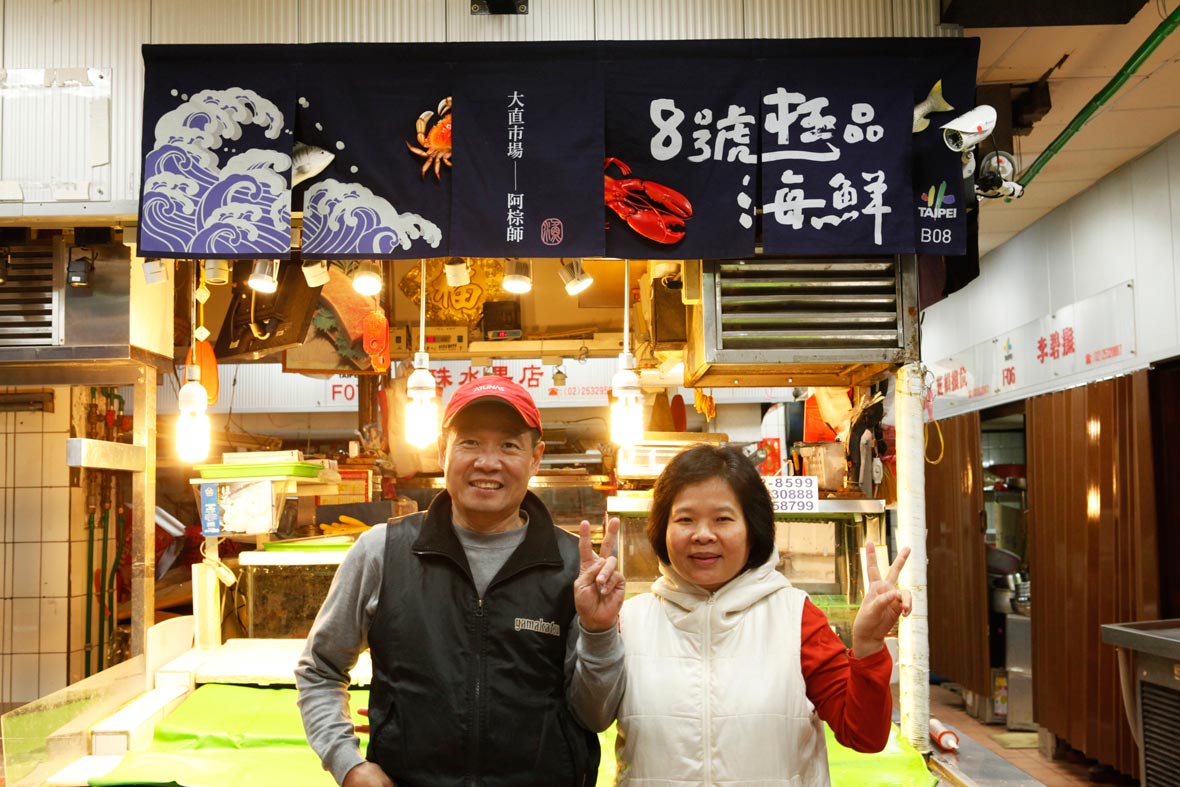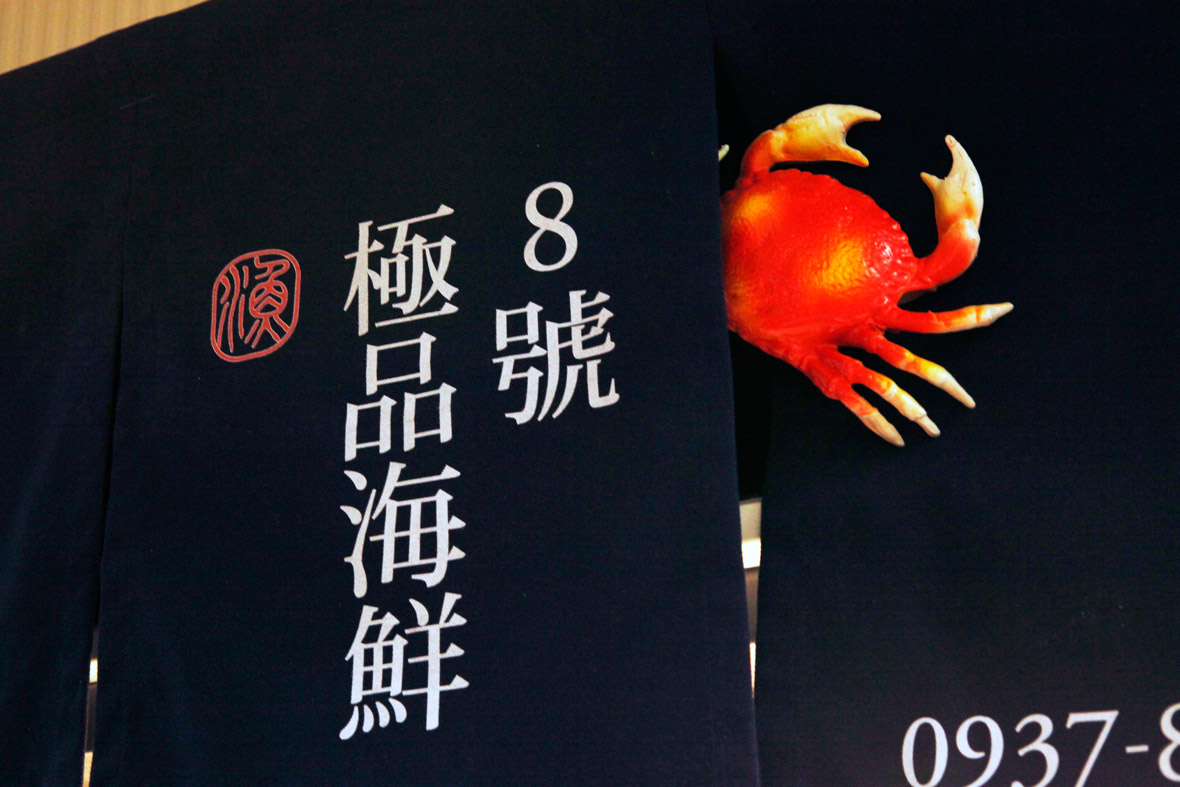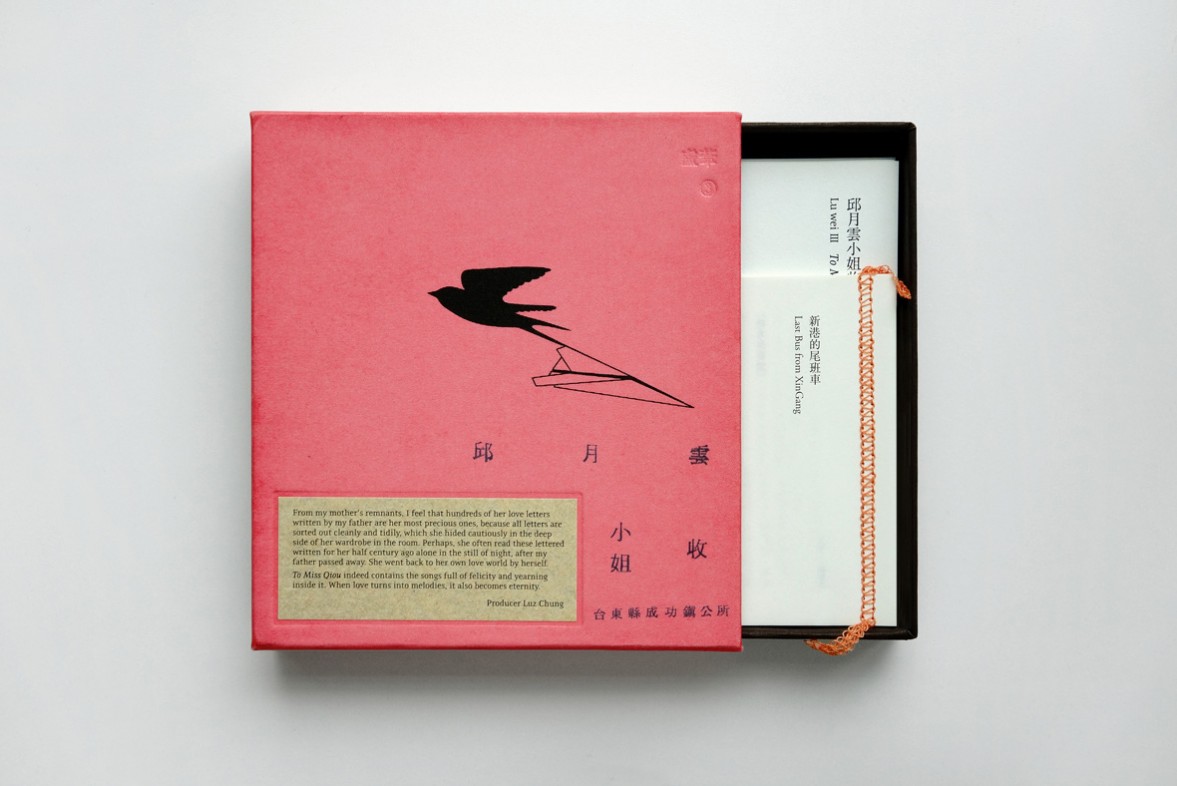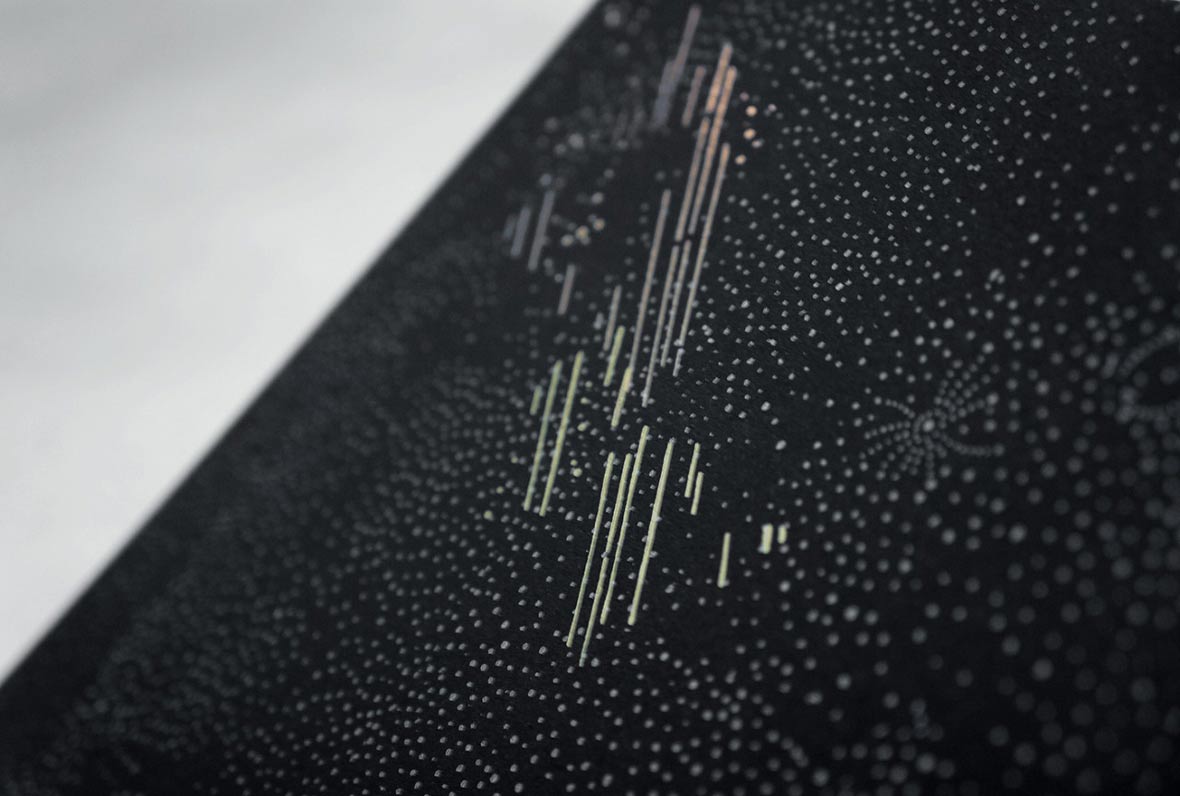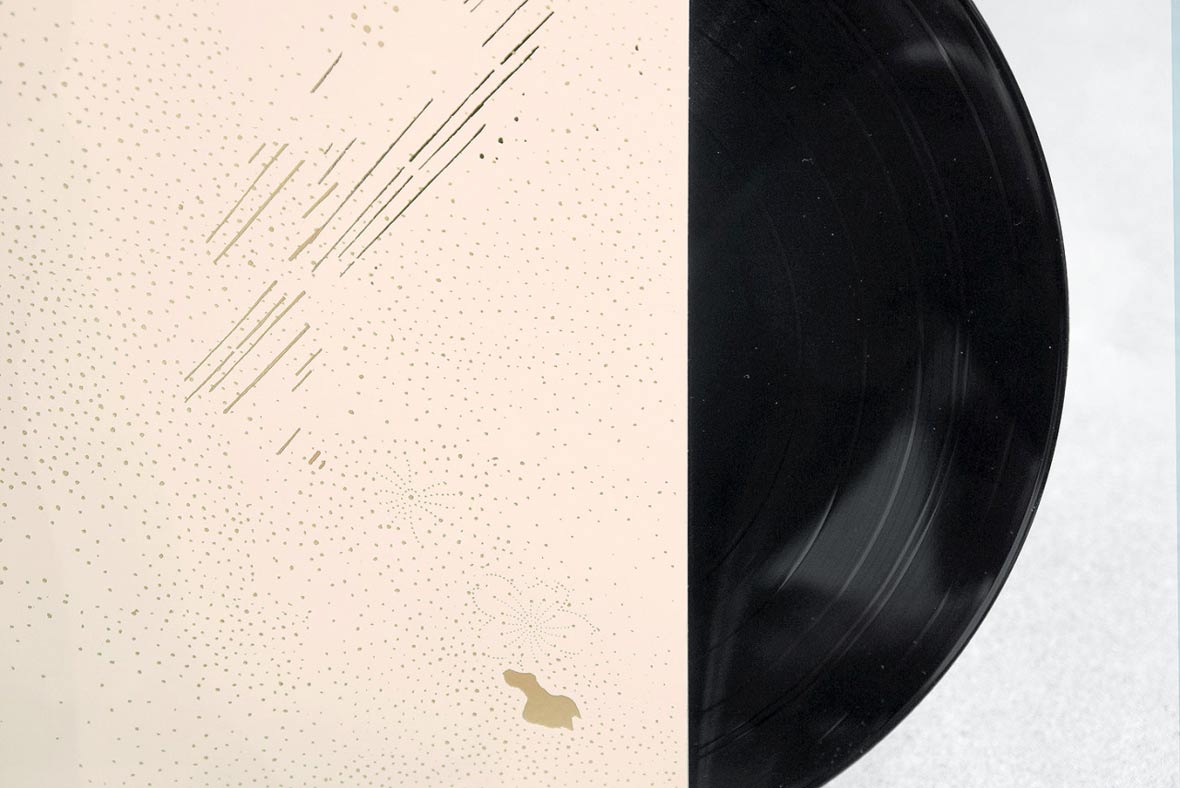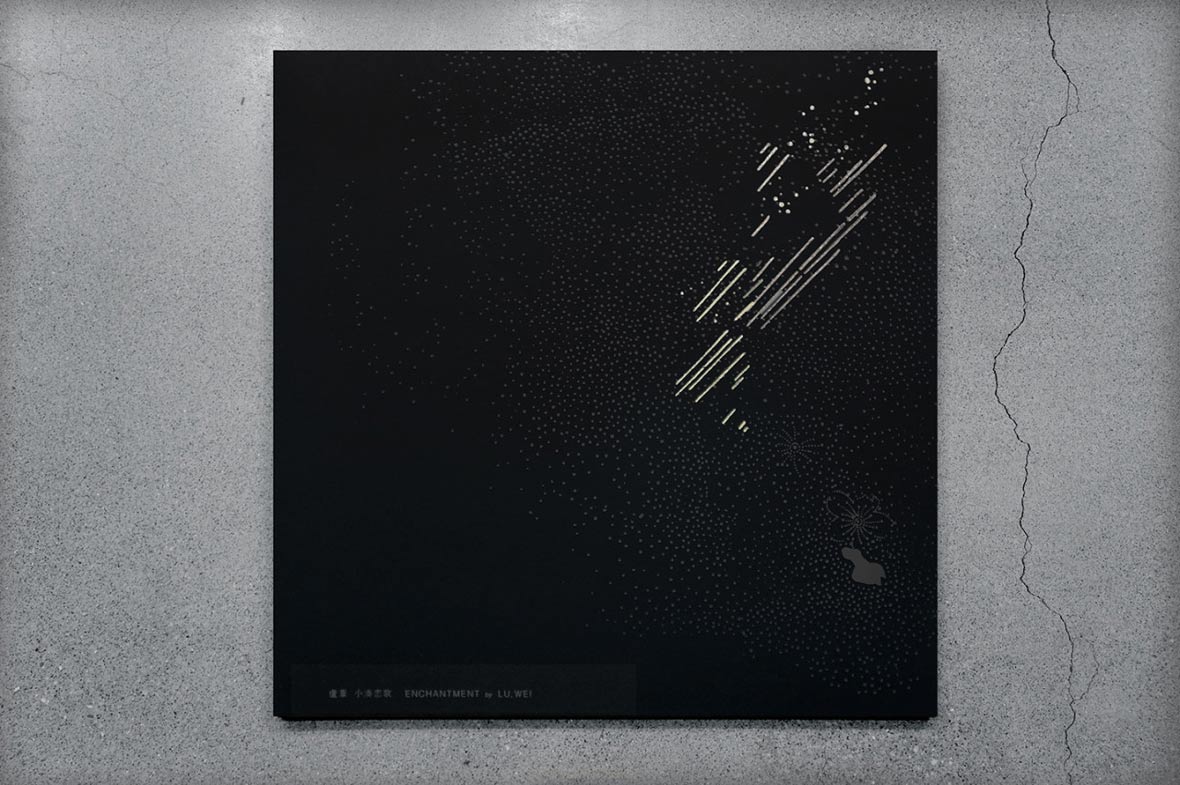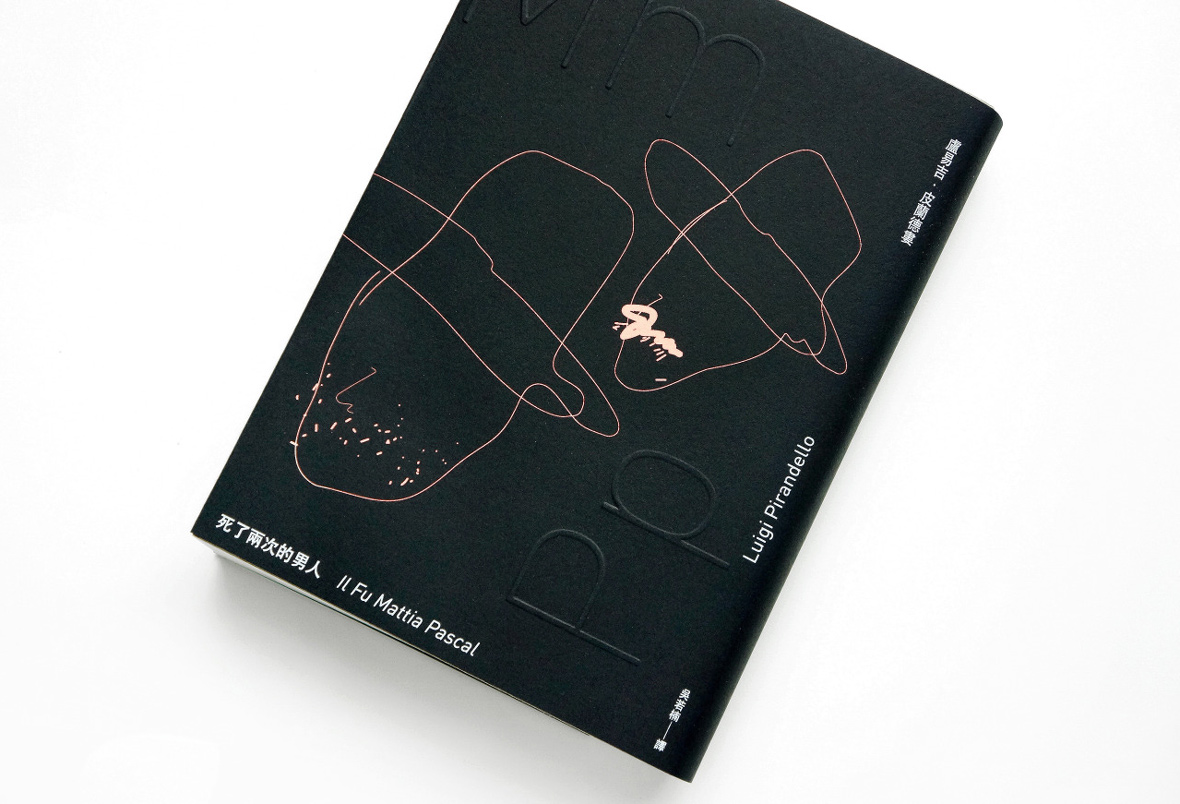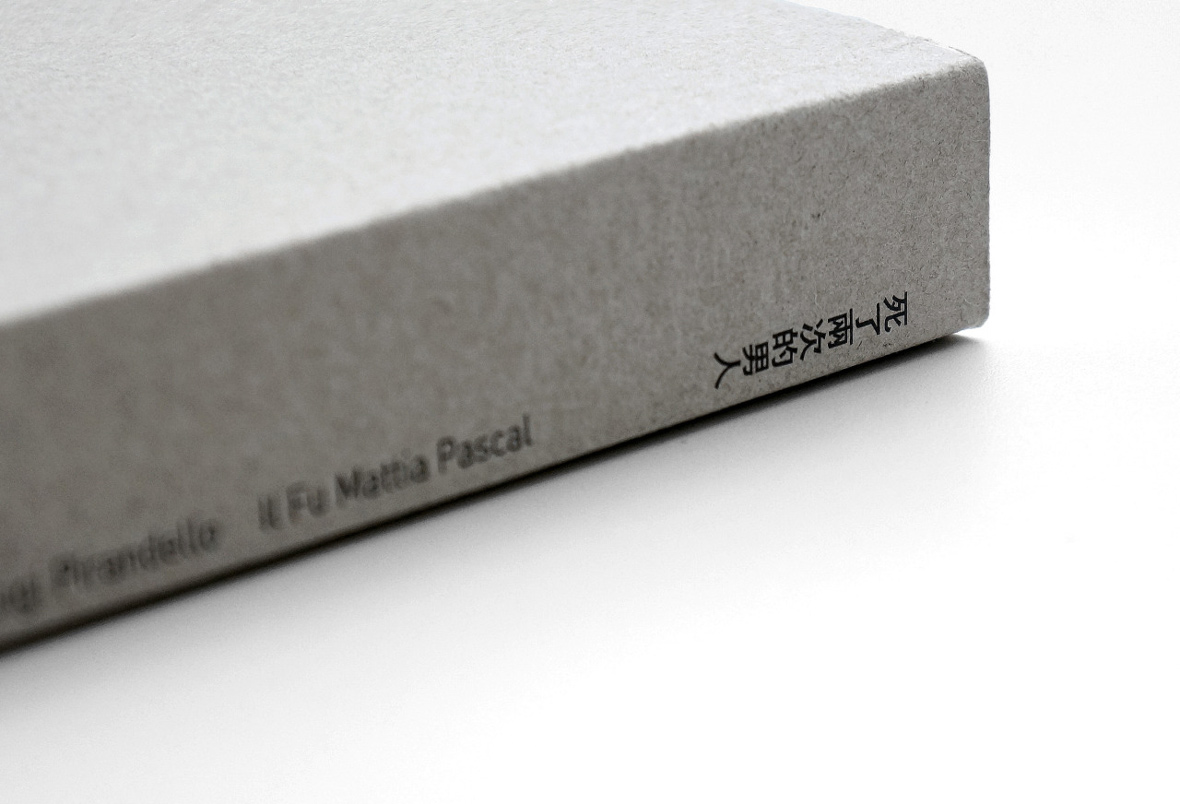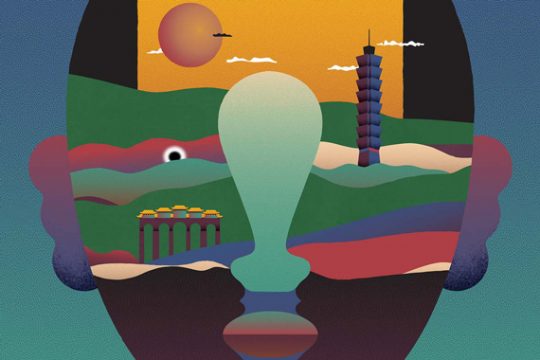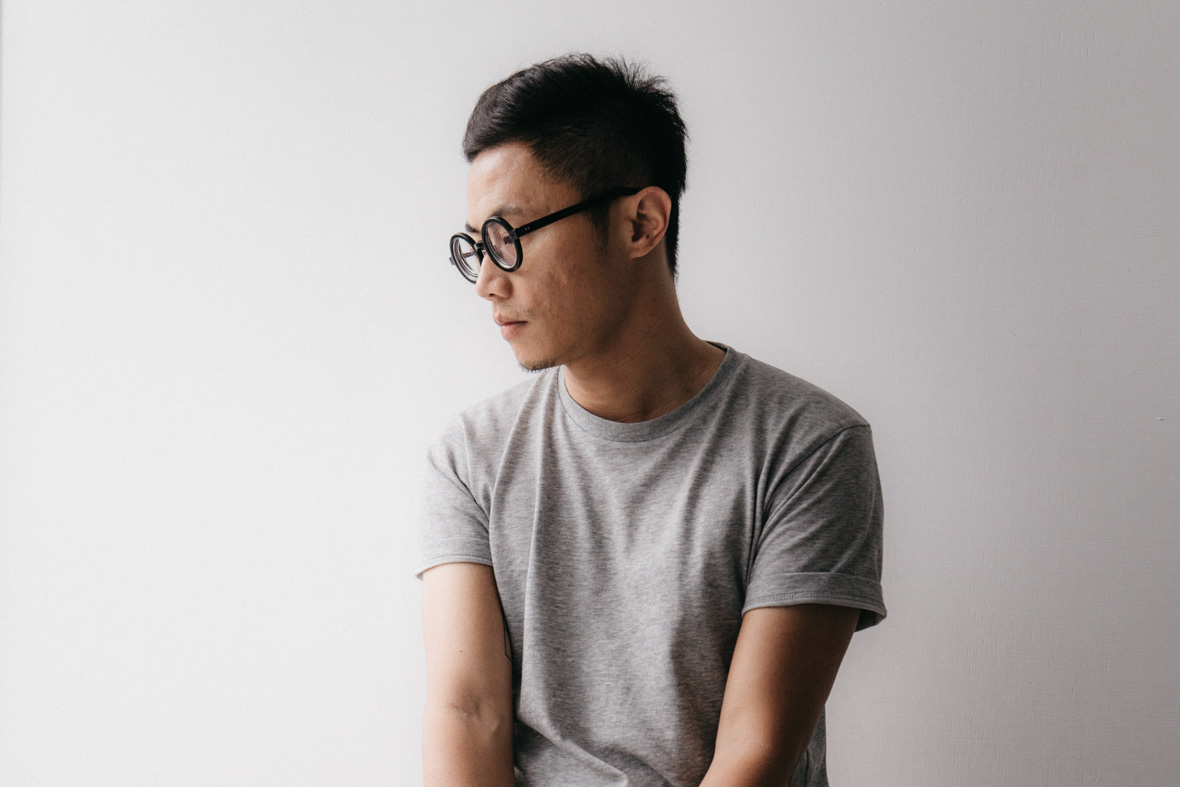
As an international multi-award winning graphic designer, Yung-Chen Nieh (aka Aaron Nieh) is undoubtedly one of the most well known names in Taiwan’s design scene. Having first graduated with a bachelor’s degree in design from the National Taiwan University of Science and Technology, he later went on to study applied media arts at the National Taiwan University of Arts. Aaron won the Best Album Design at Taiwan’s Golden Melody Awards in 2010, has both won and been invited to judge the Red Dot Design Award, received the 2014 Golden Pin Design Award in the Visual Communications Design Category for his work in the Not Just Library project, and is the first ever Taiwanese designer to have been inducted into the prestigious Alliance Graphique Internationale.
作為在國際上屢獲殊榮的平面設計師,聶永真無疑是台灣設計界中最為人所知的名字之一。聶永真於國立台灣科技大學取得設計學士學位,之後考取國立台灣藝術大學之應用媒體藝術研究所。他在2010年台灣金曲獎上榮獲最佳專輯設計包裝獎,也曾獲得德國紅點設計獎並被邀請成為評審,其「不只是圖書館」項目榮獲2014年金點設計獎(視覺傳達設計類),他也是國際平面設計聯盟中的第一位台灣成員。
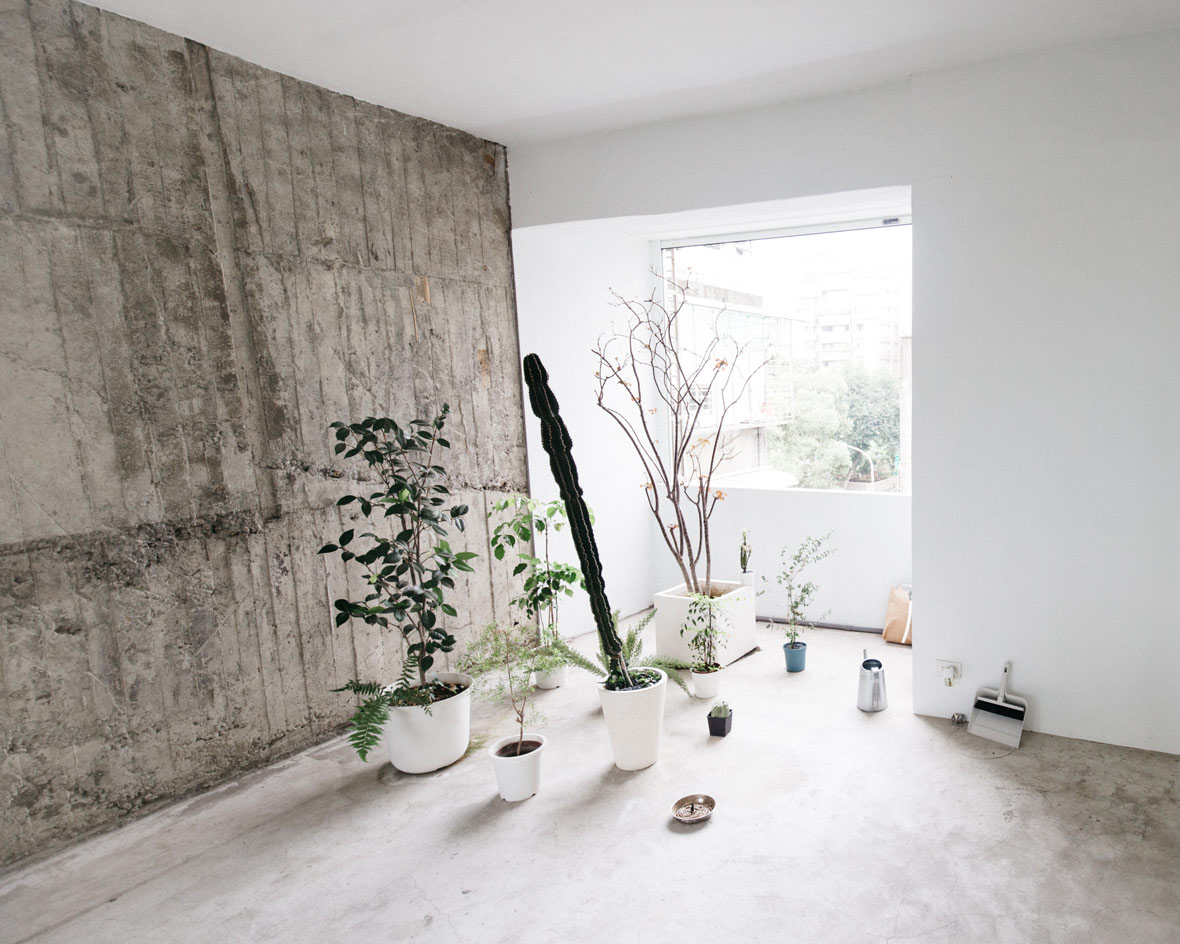
Aaron is currently based in Taipei and works out of his personal design studio. The space is quite revealing of Aaron’s preference for clean design and for “putting things in just the right place”. Large panes of glass allows the space to be engulfed with beautiful natural light, the bare industrial concrete flooring seems to reaffirm his affinity for cleanliness and simplicity, while minimalistic white counters, tables, and furnishings fill out the rest of the space. “Because of my past experiences, I’m now able to precisely pinpoint the function and purpose of every single detail in my designs – I put the most appropriate thing in the most suitable place.”
聶永真目前定居台北,經營他的個人設計工作室。從工作室就能透露著這位設計師對於簡潔之風的偏愛,各種陳設排放也是精準有序。巨大的玻璃讓房間浸沒在一片悅目的自然光線中;空裸的工業風格水泥地面再次彰顯設計師乾淨簡潔的風格,房間剩下的空間就是些極簡的白色櫃檯、桌子以及裝飾。 「因為過去的經歷與嘗試,現今往往能夠比客戶更精準地判別每一個設計的目的與功能,把剛剛好、最適妥的東西放在適合的位置。」
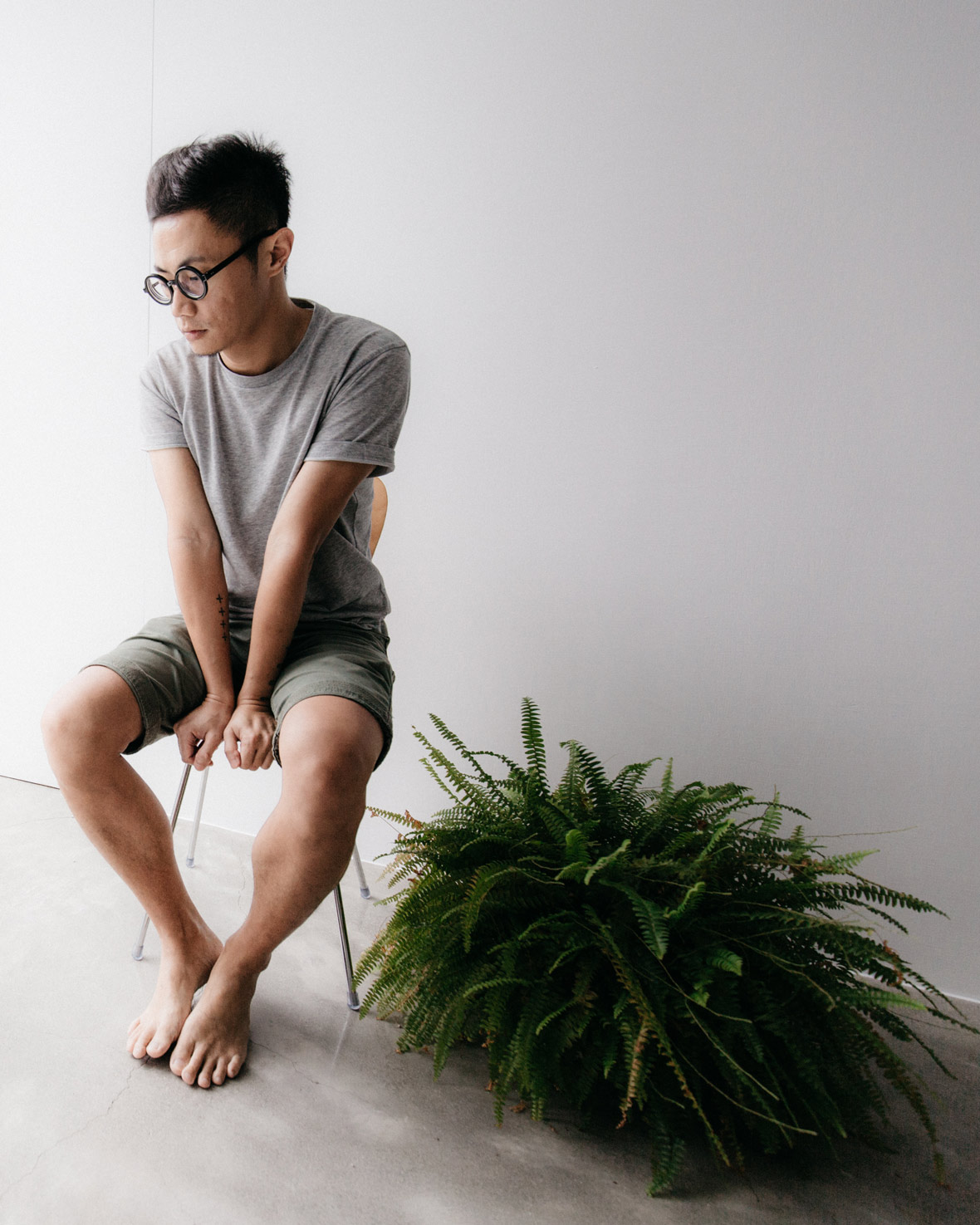
For World Design Capital 2016, Aaron has been working closely with Taiwan Designer Center to solidify the status of Taipei as an up-and-coming city that should be regarded as an important creative hub of the region. Aaron recently redesigned storefronts for the Small Shop Signboard Manufacturer project. This initiative paired up stall owners in Taipei’s Dazhi marketplace with professional designers to help them create a new visual identity more fitting for modern times. “The owners of these shops don’t know anything about design. So the ways we’re accustomed to using in trying to explain our concepts to clients didn’t translate well here. To have a better understanding of each other, we had to be flexible and communicate our ideas in different ways,” Aaron explained. “This was a pretty special experience for me.”
2016世界設計之都由台北市當選,聶永真一直與台灣設計師中心密切合作,致力於鞏固台北成為地區性創新樞紐的未來之城。他現在正在參與小店面招牌製造商項目,重新設計店面,這一積極舉措需要與台北市場的攤主和專業設計師一道,共同創造一個更加融入現代化的視覺體驗。聶永真表示:「市場的店家對於『設計』這個領域是陌生的,而我們所習慣與客戶之間的溝通方式也是有別於這個案子的,會因為認知的不同而產生一些需要磨合與相互理解的地方,也因此也讓我們在語言的訊息傳遞上更加柔軟親和,這是近期比較特別的經驗。」
Aaron’s graphic design has graced countless album covers, magazines, books, posters, and even beer bottles. But despite his vast portfolio of impressive work, numerous awards, and international recognition, Aaron’s humility is unwavering. This is clearly seen in his personal philosophy, which is summed up in five words: “Signature work yet to come.” Aaron explains that this mantra has always been his expectations for himself, “I always hope that the next piece of work will be more exciting than the previous one. I don’t want to ever feel like I’ve created a so-called ‘masterpiece’. I want my future to be exciting and hold unlimited possibilities.”
聶永真的平面設計作品包括大量的專輯封面、雜誌、書籍、海報、甚至啤酒瓶。擁有大量出色的作品、數不清的獎項和國際認可的設計地位,聶永真卻一直保持著謙遜的態度,這從他一直秉持的個人哲學中就能看出來,他總結為五個字:沒有代表作。聶永真進一步說到,這是對自己的期許。 「希望下一個作品永遠比現在一個更精彩,不希望因為劃定出了所謂的代表作,而牽制了未來更精彩的種種可能。」
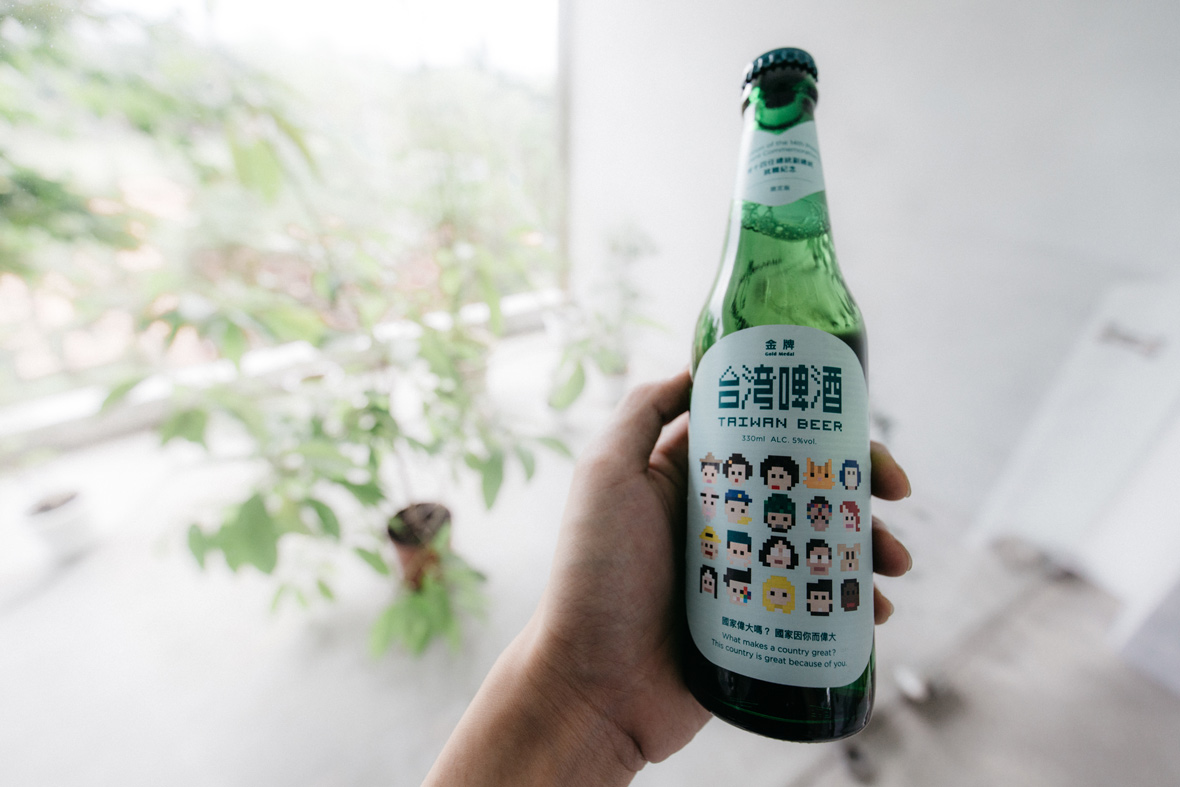
“Many Taiwanese people used to describe my aesthetics as ‘Western’ or closer to Japanese-style design,” Aaron says. “But during the 2013 AGI (Alliance Graphique Internationale) conference, I saw the works and styles of so many international designers – I felt like my style was distinctively different, and I felt that it didn’t appear to belong to any specific region. Even when looking at other Chinese-speaking cities, there were still large differences in style between their work and mine. This was an epiphany of sorts to me; it was when I realized how much my education and my environment subtly molded my work into this particularly style. I suppose Taiwan has been subconsciously influencing me and my aesthetics the entire time.”
「以往在台灣有不少人形容我的設計很『洋派』或很『日系』,」他說:「但在2013年的AGI大會上,來自各國的設計師簡報各自的作品時,我發現我的作品明顯的與來自各國的設計師有所不同,即便是一樣使用中文的國家仍可以看出其中差異,這我才頓悟到從小大到大我接受的教育、所處的環境,早已淺移默化形成了台灣的設計『氣味』,而這應該也是不知不覺影響我設計樣貌最大的原因了。」
Aaron cites his personal growth as an artist as coming from an incessant need to challenge himself. Despite being most well known for his graphic design, Aaron often works out of his comfort zone and dabbles with different fields of design from time to time. He’s worked on various collaborative projects that ranges from product design to motion graphics. “In recent years, I feel like there have been more and more diverse types of designs emerging from Taiwan,” says Aaron. “The designs are more different, more interesting, and crazier. There are more ideas, and there’s more competition. The current state of things is great for fostering creative growth.”
聶永真坦言,他之所以成為一個藝術家很大程度是源於他想要不斷挑戰自己的心態。儘管他以平面設計揚名,其實他也時常走出自己的「舒適區」,嘗試不同的設計類型。從產品設計到動態圖形,他一直在進行不同的合作項目。 「我認為台灣這幾年有很多不同樣貌的設計開始出現,更多元且更有趣、更瘋狂,百家爭鳴,以現況來說我覺得是很好的成長。」
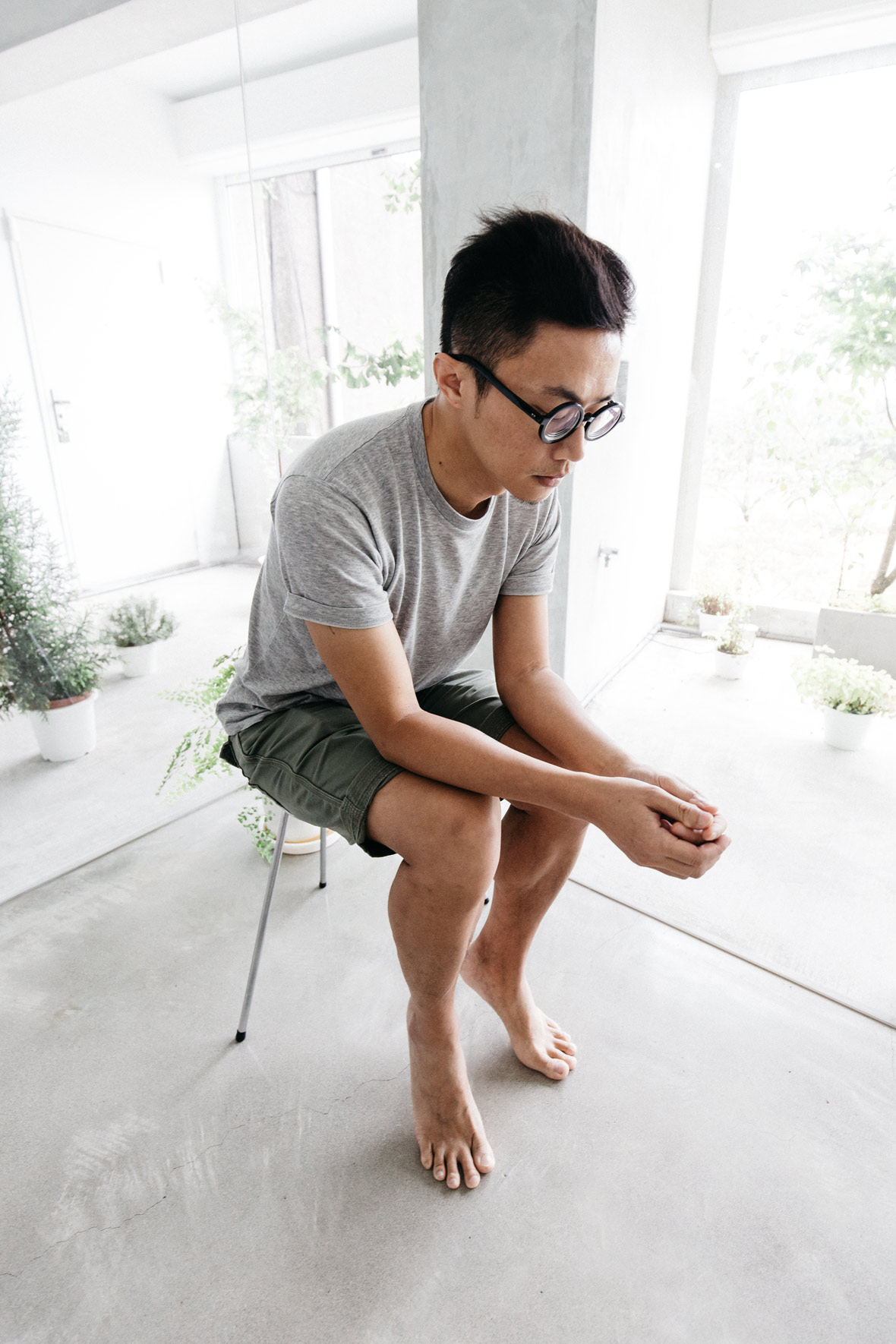
Website: aaronnieh.com
Facebook: ~/somekidding
Contributor & Photographer: David Yen
Additional Images Courtesy of Aaron Nieh & Taiwan Design Center



